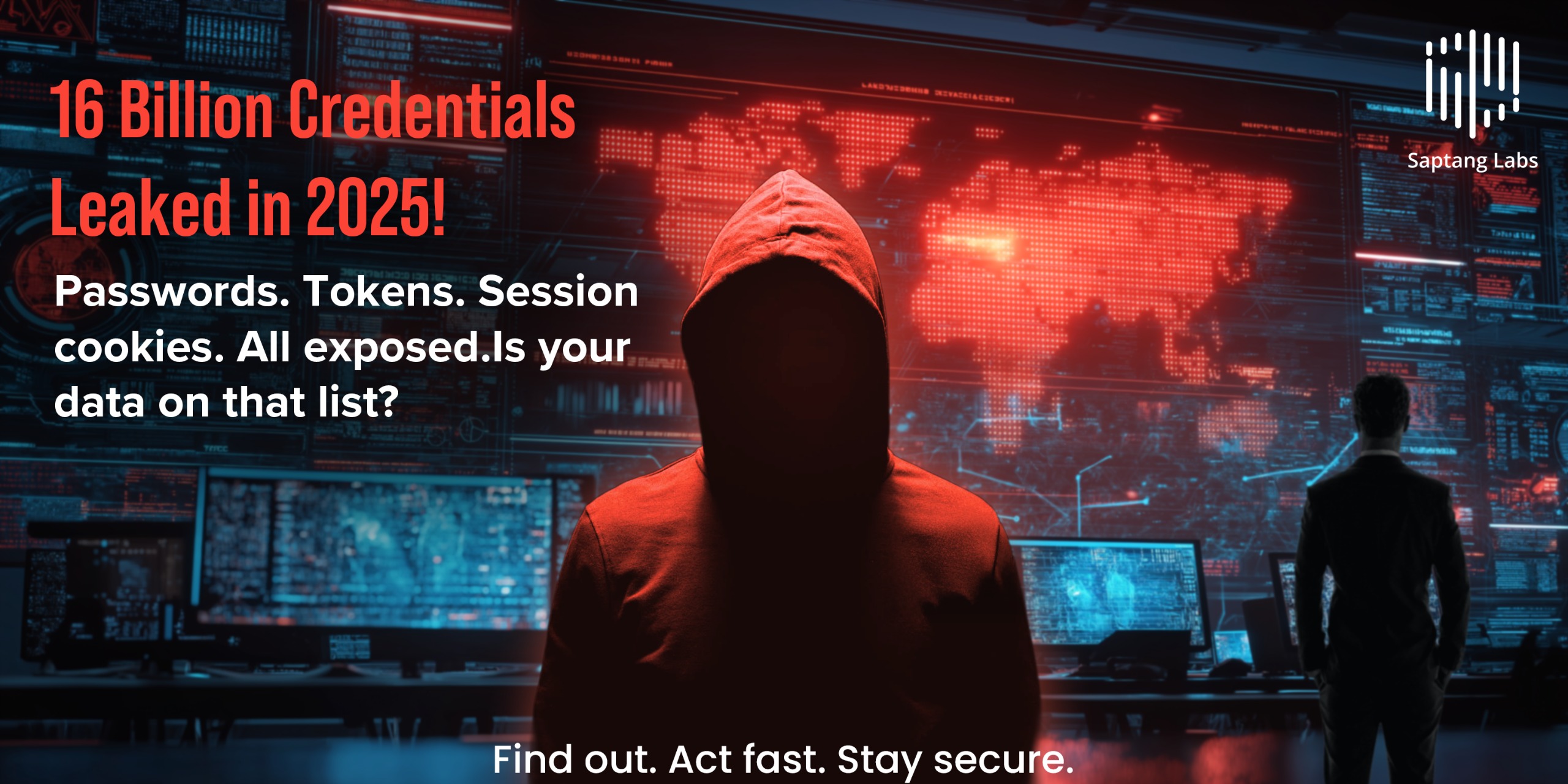
The cybersecurity community was rocked in 2025 with one of the largest data breaches to occur in history and exposed over 16 billion login credentials across 30 massive datasets. This massive leak has compromised passwords, usernames, and personal information on major sites including Apple, Google, Facebook, Instagram, Telegram, GitHub, and others, and have been described as a “blueprint for mass exploitation.” Cybercriminals are naturally taking advantage of this gold mine of information. Follow along to read the details of the 16 billion data leaks, the challenges this poses, and proven data security practices in this blog to avoid leaving yourself open to breaches. Let’s dive in and learn how to keep ourselves safe today. What are 16 billion data leaks?
The 16 billion data leaks are a massive compromise of login credentials that cybersecurity researchers found in 2025. This leak is not a standard data breach where a hacker breaks into one company’s servers, but rather a data scramble of all the login credentials that have been taken by using infostealer malware on compromised machines around the world. This data was poorly stored on the internet for the obtaining by cybercriminals on the dark web.
The exposure of 16 billion login credentials creates a cascade of cybersecurity risks for individuals and businesses. Here’s what’s at stake:
With cybercriminals already leveraging this data for mass exploitation, immediate action is critical to mitigate these threats.
To mitigate the risks of mass data exposure, both individuals and organizations must adopt layered, proactive cybersecurity strategies.
Avoid reusing passwords. Use a password manager like 1Password or Bitwarden to generate and store complex credentials.
Action: Check exposure status using Have I Been Pwned or Google Password Checkup.
2FA adds a second layer of protection even if passwords are stolen.
Action: Use apps like Authy or Google Authenticator instead of SMS-based codes.
Keep an eye on login history and unauthorized actions across your accounts.
Action: Use identity protection services like Aura or LifeLock to detect suspicious behavior.
Unpatched software is a gateway for malware. Action: Enable auto-updates and run trusted antivirus tools such as TotalAV or Bitdefender.
Phishing attacks leveraging leaked data are increasing in sophistication. Action: Always verify the source of emails and avoid clicking on suspicious links or attachments.
A Virtual Private Network (VPN) encrypts your data on unsecured Wi-Fi. Action: Choose trusted VPN providers like NordVPN or ExpressVPN.
Limit the amount of personal information that can be accessed online.
Action: Limit the privacy settings on social channels and avoid oversharing online.
Organizations need to be proactive to manage, monitor, and safeguard sensitive data.
Action: Consume enterprise-grade DLP products like Safetica or enterprise resource planners like Microsoft Purview.
With 3,158 breaches already counted in the U.S. only, and impacting 1.35 billion people, this is not an anomaly; it is a trend. The 16 billion credential leak is not only a cybersecurity challenge; it is a bell ringing for organizations and people alike.
For organizations, it leads to regulatory fines, loss of customer trust and the loss of money. For individuals, it means loss of identity, loss of reputation or loss of your savings.
Take Control of Your Digital Security
The 16 billion data leaks of 2025 is a pretty obvious indication that data never just disappears; it only gets organized, re-indexed and re-used. If you reuse the same passwords repeatedly, don’t take steps to protect security or don’t check your accounts, you may already be exposed.
It’s time to:
You may also like to know about : APT41 Google Calendar C2: A New Cloud Threat to Enterprises